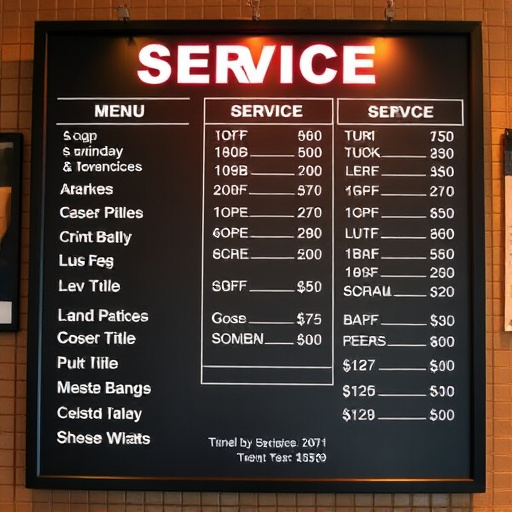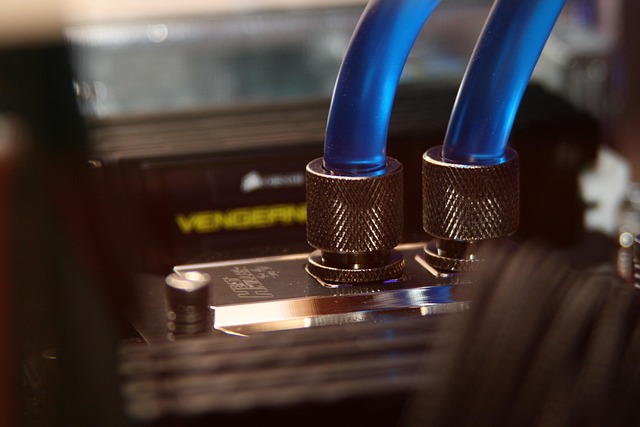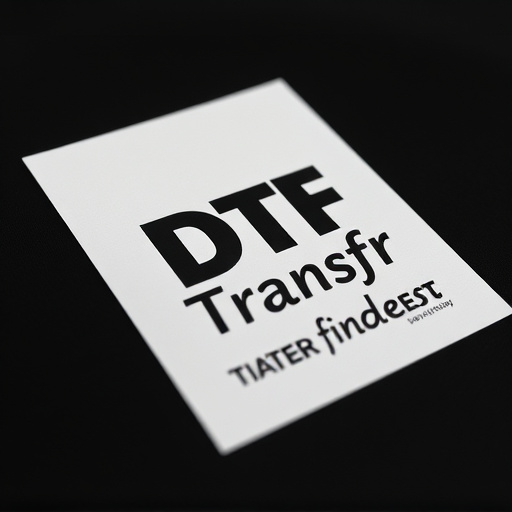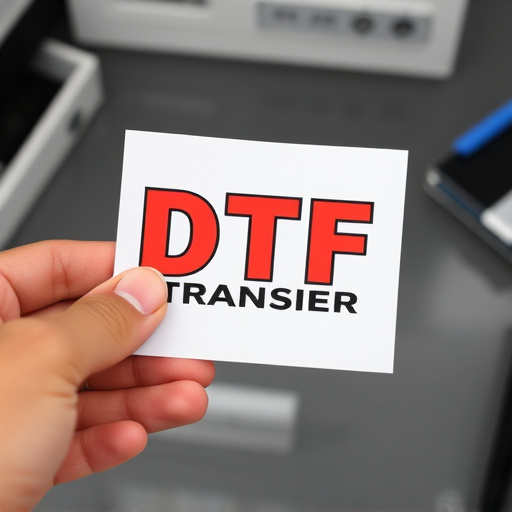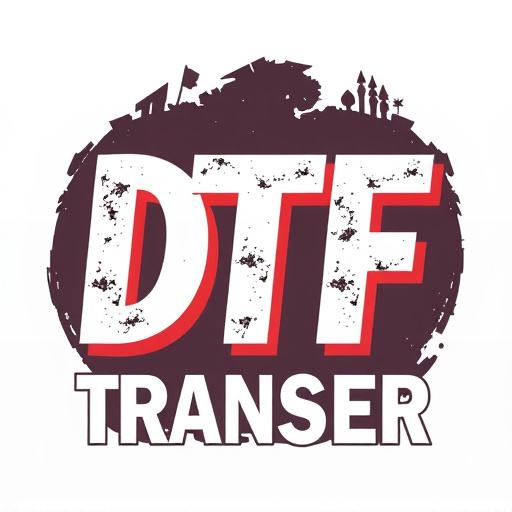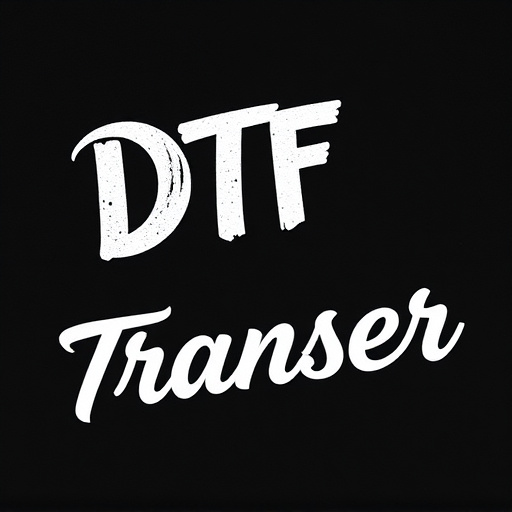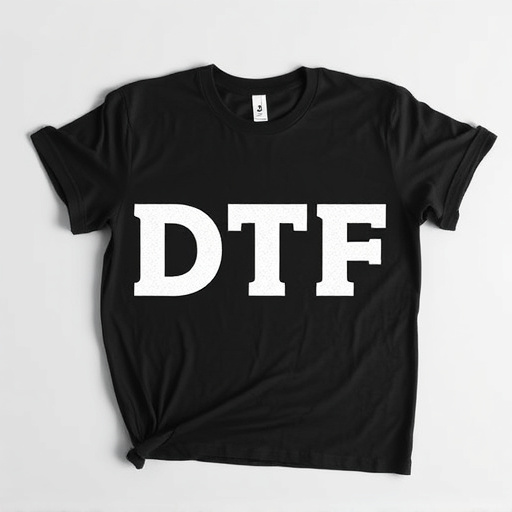DTF Printing revolutionizes transfer order fulfillment by offering fast, precise printing on diverse fabrics without complex setup. Each order's unique parameters—design complexity, size, quantity, and material type—impact production times. The process involves design, proofing, advanced DTF printing techniques, quality control, and efficient packaging & shipping. Quality Assurance teams use specialized equipment to maintain color accuracy and ink density throughout the production line, ensuring customer satisfaction and preventing reworks.
“Uncovering the Ins and Outs of Transfer Order Production Times: A Comprehensive Guide
Transfer orders pose unique challenges in manufacturing, from design intricacies to specific production methods. This article delves into the crucial components of order fulfillment, focusing on DTF (Direct-To-Fabric) Printing as a game-changer. We explore each stage, from initial design and proofing to printing, quality assurance, packaging, and shipping.
Understanding these processes is key to managing expectations and ensuring efficient production turnaround times, especially when leveraging advanced techniques like DTF Printing.”
- Understanding Transfer Orders and Their Unique Requirements
- The Role of DTF Printing in Order Fulfillment
- Pre-Production Phase: Design and Proofing
- Production Process: From Print to Product
- Quality Assurance Checks During Manufacturing
- Post-Production: Packaging, Shipping, and Turnaround Time
Understanding Transfer Orders and Their Unique Requirements
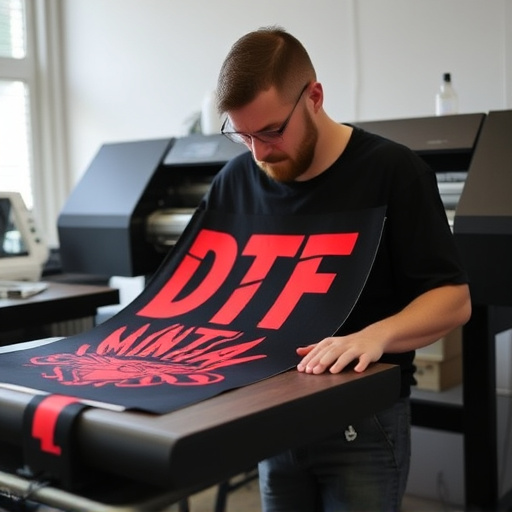
Transfer orders, a specialized form of printing request, require a unique and meticulous approach in the production process. These orders involve the reproduction of designs or materials from one source to another, often with strict deadlines and specific requirements. In the context of DTF (Direct to Forme) Printing, understanding these needs is paramount. DTF Printing caters to transfer orders by offering fast turnaround times and high-quality results, making it a preferred method for businesses seeking efficient and accurate reproduction.
Each transfer order has its own set of parameters that can impact production time. Elements like design complexity, size, quantity, and the type of material to be transferred all play a role. For instance, intricate designs with fine details may demand more time for setup and printing, while larger formats could necessitate specialized equipment and longer processing periods. By factoring in these unique requirements, print service providers can ensure timely completion without compromising quality, ultimately meeting the demands of their clients who rely on swift and precise DTF Printing solutions.
The Role of DTF Printing in Order Fulfillment
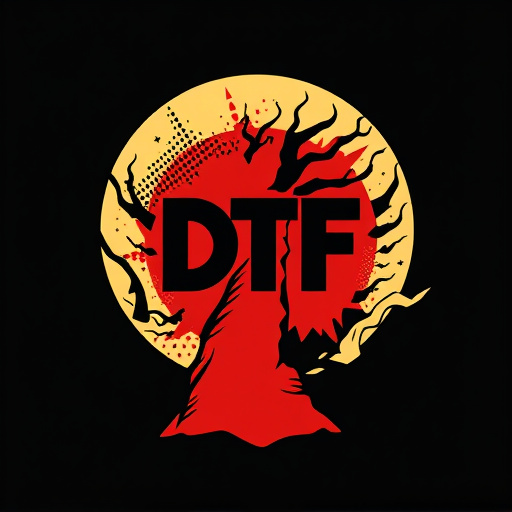
DTF (Direct-to-Fabric) Printing plays a pivotal role in streamlining order fulfillment, especially for transfer orders that require custom designs and rapid turnaround times. This innovative technology allows businesses to efficiently produce high-quality prints on various fabrics without the need for intricate set-up processes, traditionally associated with screen printing. By eliminating the time-consuming steps of creating separate screens for each design variation, DTF Printing significantly reduces production lead times.
With its versatility and speed, DTF Printing enables companies to meet the growing demand for personalized products. It offers a cost-effective solution for small batch sizes and last-minute orders, ensuring that transfer orders can be fulfilled promptly without compromising on design accuracy or fabric quality. This technology has revolutionized order fulfillment, making it more agile and responsive to the dynamic needs of modern businesses.
Pre-Production Phase: Design and Proofing
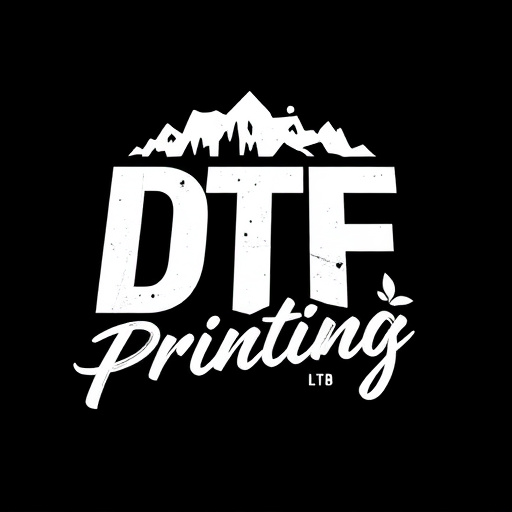
The pre-production phase is where the magic begins, and it’s a critical step in ensuring a successful transfer order process. This stage involves two key components: design and proofing. During design, our team works closely with clients to conceptualize their vision, translating their ideas into visually appealing and accurate layouts. We utilize cutting-edge software and DTF Printing techniques to create mockups, allowing for real-time feedback and adjustments.
Proofing is an essential part of this process as it ensures every detail aligns with the client’s expectations. Our experts meticulously check each aspect, from color accuracy to layout consistency, ensuring the final product meets the highest standards. This careful review helps prevent errors and delays, enabling us to deliver exceptional results in the subsequent production phase.
Production Process: From Print to Product
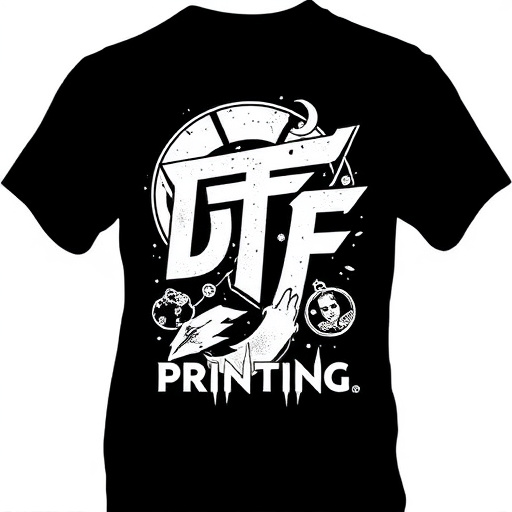
The production process, from print to product, is a meticulous journey that transforms raw materials into finished goods. It begins with design and ends with quality control, ensuring each stage meets the required standards. In the context of transfer orders, DTF (Direct to Fabric) Printing plays a pivotal role. This innovative technique allows for precise, high-quality printing directly onto various fabrics, streamlining the production line.
Once the design is finalized, it’s digitally printed onto transfer paper using advanced DTF printers. These printers are designed to deliver accurate colors and fine details, crucial for intricate patterns and graphics. The printed transfer paper then serves as a template, which is carefully positioned onto the fabric. Heat and pressure are applied to fuse the ink permanently, creating a vibrant, durable print on the desired material. This method significantly reduces production time compared to traditional methods, making it an efficient choice for meeting order deadlines.
Quality Assurance Checks During Manufacturing
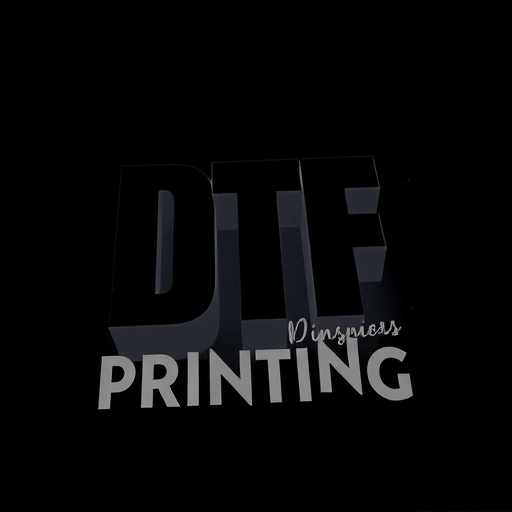
During the production period for transfer orders, Quality Assurance (QA) checks are an integral part of ensuring high-quality products. In the case of DTF Printing (Direct to Fabric Printing), these checks become even more critical as the process involves precise application of ink and design onto fabric materials. QA teams inspect each stage of manufacturing, from ink preparation to the final print on the fabric, using specialized equipment that verifies color accuracy, ink density, and overall print quality.
The goal is to catch any defects or inconsistencies early in the production line. For DTF Printing, this includes examining the alignment of designs, ink splotches, or any variations in color replication. By implementing rigorous QA checks, manufacturers can ensure customer satisfaction and maintain their reputation for delivering high-quality, vibrant, and accurate transfer orders. This process is vital to prevent costly reworks and delays while also guaranteeing that each product meets stringent quality standards.
Post-Production: Packaging, Shipping, and Turnaround Time
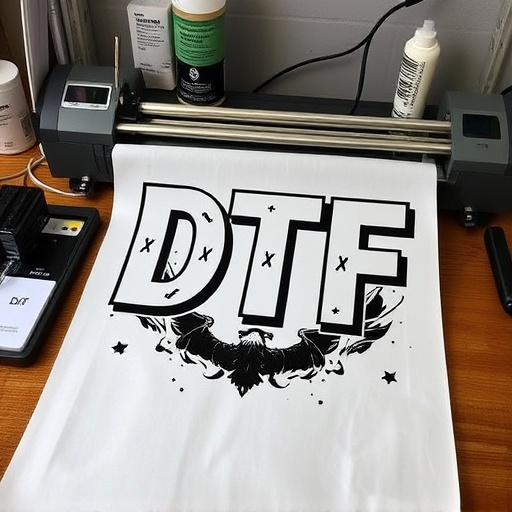
After production comes the crucial phase of post-production, which significantly impacts overall efficiency and customer satisfaction. This period involves meticulous packaging to ensure products arrive safely and intact, a process that varies depending on the nature of goods. For DTF Printing (Direct to Forme) items, specialized care is required to maintain print quality.
Shipping then follows, where efficient logistics play a vital role in reducing turnaround time. Companies often leverage advanced technologies for real-time tracking, allowing them to manage expectations and deliver orders promptly. Quick turnaround times are particularly important for time-sensitive projects or when meeting customer demands. This final stage marks the conclusion of the order process, transforming raw materials into tangible products ready for consumption or distribution.


